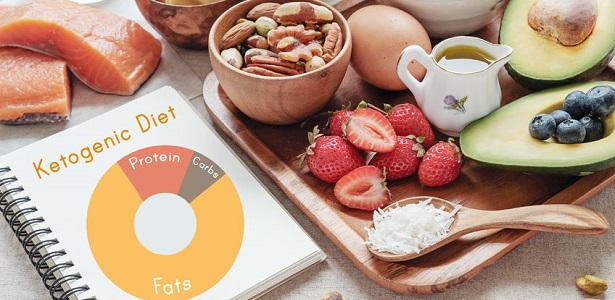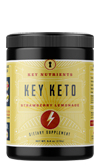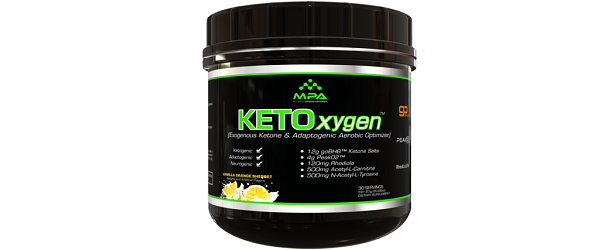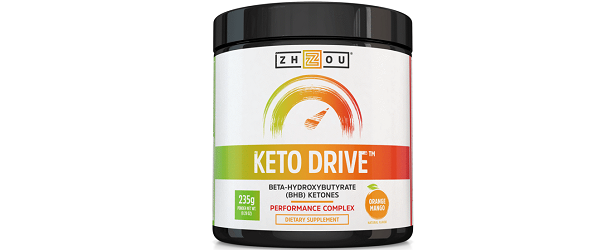
The Low-Down on the Ketogenic Diet
It’s been hailed as the miracle diet – the one that turns conventional wisdom on its head and encourages you to eat fat, and lots of it, to burn fat. There’s scientific evidence that shows that it really does work. It has the support of some real heavy-weights (no pun intended) in the international medical and scientific fraternity. No wonder then that the high-fat, low-carb diet – more accurately called the ketogenic diet – has taken the diet and nutrition world by storm. Everywhere you go, everyone you speak to is either doing it or knows someone who is.
So, if you haven’t tried it yet, and you have a few (or a lot of) pounds to shed, you might be wondering whether to join the keto revolution.
Not so fast. For every keto-acolyte out there who swears by the diet, there are probably a few nay-sayers.
Why the Controversy?
Let’s start with looking at exactly what a ketogenic diet is and how it works.
The first thing to recognize is that it is not new, or even revolutionary. It’s been used for about 100 years – initially to help control epileptic seizures.
Its adoption as a weight loss tool came much later and was popularized in the 1970s by the famous Dr. Atkins Diet. Today, there are many variations of the Dr. Atkins Diet, but the goal is always the same: to get to a point at which the body uses fat rather than carbohydrates as its primary source of fuel. This is known as ketosis. In a conventional diet, it’s usually the other way around. By changing the balance of your fuel (calorie) source, to acquire between 75% and 90% of your calories from fat, 6% to 20% from protein, and only 2% to 5% from carbs, your glycogen-levels (carbs are stored as glycogen in your body) will soon be depleted and you enter a state of ketosis.
Most studies – but not all – show that being in this ketosis state will promote weight loss. And once you are in a state of ketosis, the high proportion of fats you consume make you feel full which is something few other weight loss plans can lay claim to. If you don’t feel hungry, you are less inclined to cheat. And if you don’t cheat, you will continue to lose weight. Right?
In theory, yes. The problem is that most people find it really difficult to stick to eating no more than about 50 grams of carbs per day. That basically means no potatoes, no pasta, no fruit, no sweets, no wine (or other alcohol), no honey, no starchy vegetables like pumpkin or sweet potatoes, no pulses, no whole grains… no, no and no. From a pure health perspective, think of all the vitamins, minerals, antioxidants, fiber and prebiotics your body will be missing out on too. Many people also report feeling depressed and moody while eating a strict ketogenic diet, headaches, dizziness, muscle cramps, bad breath, and constipation are also common side effects.
There is also the risk of developing a potentially fatal condition known as ketoacidosis when ketosis is allowed to go too far.
Bottom Line
Some people do well on a ketogenic diet, losing weight initially. However, few are able to maintain it as a lifestyle diet and if not careful, can develop unwanted and possibly dangerous side effects.
TOP 5
KETOTreatments |
|||||
| Approved Science Keto | Sports Research Keto+ Plus | Giant Sports International Giant Keto | Key Nutrients Key Keto | Vaxxen Labs Keto1 | |
|---|---|---|---|---|---|
| 1 | 2 | 3 | 4 | 5 | |
| Price (1 bottle) Price (6 bottles)best value |
$49.95 $139.70 |
$50.00 $300.00 |
$29.99 $179.94 |
$49.94 $299.64 |
$69.99 $419.94 |
| Overall Rating | 99.35% | 95.40% | 92.60% | 90% | 88.70% |
| Effectiveness |





|





|





|





|





|
| Speed of Results | Extremely Fast | Good | Good | Average | Slow |
| Quality of Ingredients | Premium | Good | Average | Average | Average |
| Customer Satisfaction Evaluation | 99.40% | 95.30% | 92.50% | 90.40% | 88.73% |
| Safety Evaluation | Safe for Use | Safe for Use | Safe for Use | Safe for Use | Safe for Use |
| Customer Service Rating |





|





|





|





|





|
| Reorder Rate | Highest | High | Good | Average | Average |
| Return Policy | Risk Free | Risk Free | Risk Free | Risk Free | Yes |
| Success Rate | 99.40% | 95.35% | 92.55% | 90.20% | 88.60% |

 Subscribe Now
Subscribe Now











